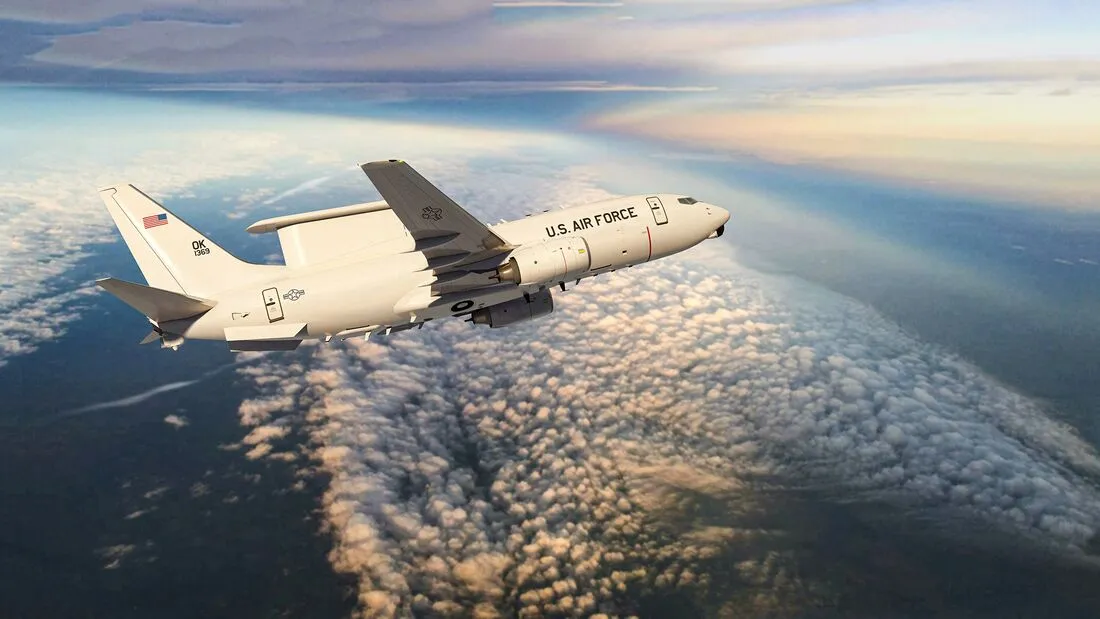Boeing's E-7 Jets: A New Era for USAF's Military Aircraft

Boeing has successfully navigated intense negotiations to finalize a contract with the US Air Force for two E-7A jets, valued at $2,560,846,860. Even though these jets are prototypes, they are expected to meet operational standards upon delivery, planned for the fiscal year 2028, which is twelve months behind the initial schedule. The Pentagon anticipates deciding on mass production by fiscal year 2026. This acquisition serves as a replacement for the aging E-3 AWACS, with plans for 26 aircraft. Despite the USAF’s earlier decision in 2022 to select the E-7, the first procurement order only emerged this summer. The extensive communication capabilities seem to have significantly increased costs, while Boeing aims to avoid previous errors encountered with the KC-46 Pegasus. Additionally, the fixed-price contract is set to create significant financial losses for the company.
nttt,ntt
Rapid Integration Process
The aircraft manufacturer intends to integrate US mission systems into the existing E-7 platform through rapid prototyping. Engineers also need to maintain interoperability with other operators. Unlike most of Boeing’s military programs, this early warning jet was not commissioned by US forces. Originally branded as the 737 AEW&C, the project was first developed under Australia’s Wedgetail program, with South Korea and Turkey later selecting this model. Currently, Boeing is working on three units for the Royal Air Force.
nttt,ntt
Final Upgrade for E-3?
The E-7A is based on the reliable 737-700 airframe and features electronically scanned radar on its fuselage, allowing it to monitor battlefields and assign targets, effectively serving as a flying command center. Until the Wedgetail becomes available, the USAF will continue to rely on the E-3 aircraft. Following an upgrade to Block 40/45 standard with new communication and mission systems, the Sentrys have now been reclassified as E-3G. However, of the 25 existing units, eight are currently stored in the desert.
This article was prepared using information from open sources in accordance with the principles of Ethical Policy. The editorial team is not responsible for absolute accuracy, as it relies on data from the sources referenced.